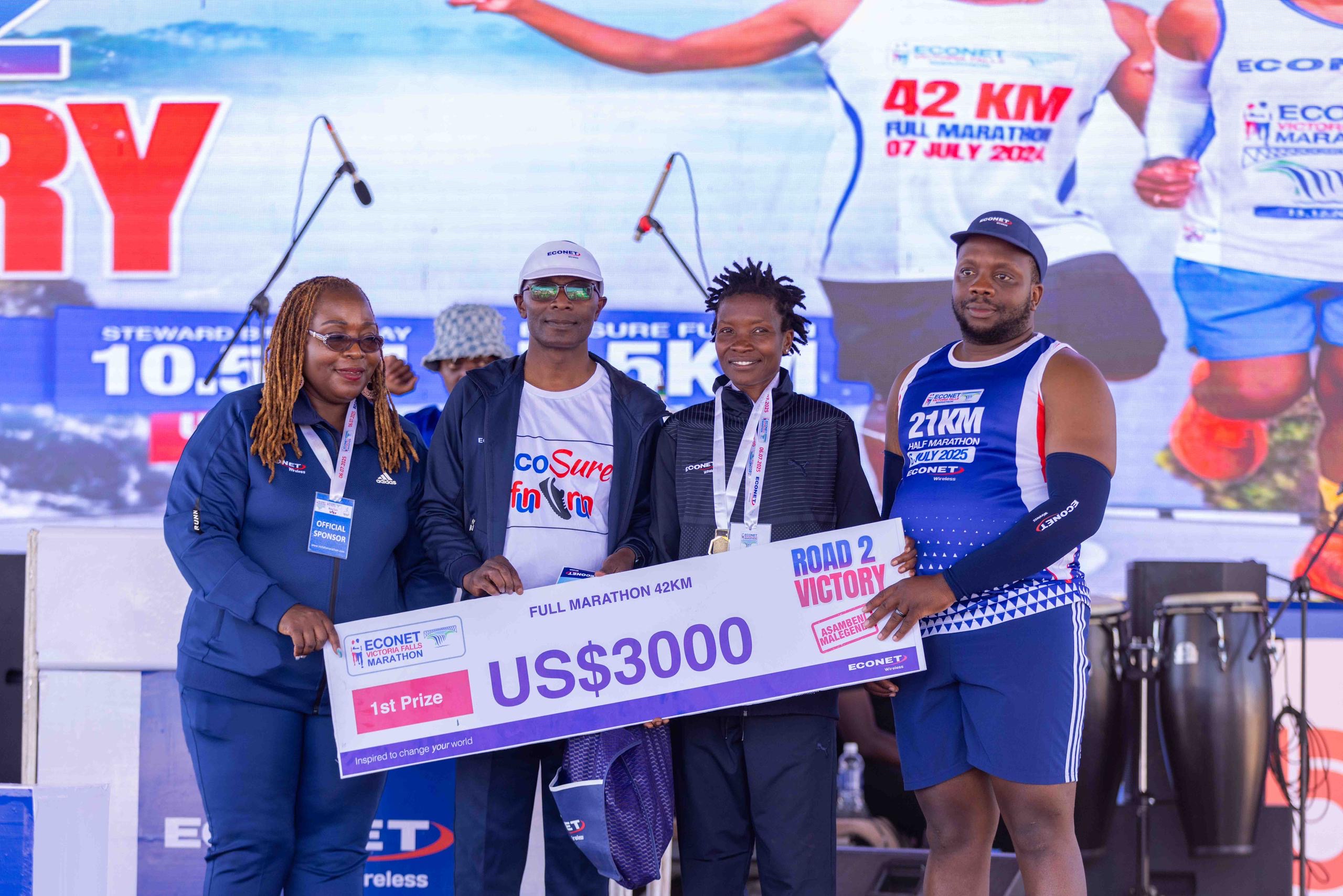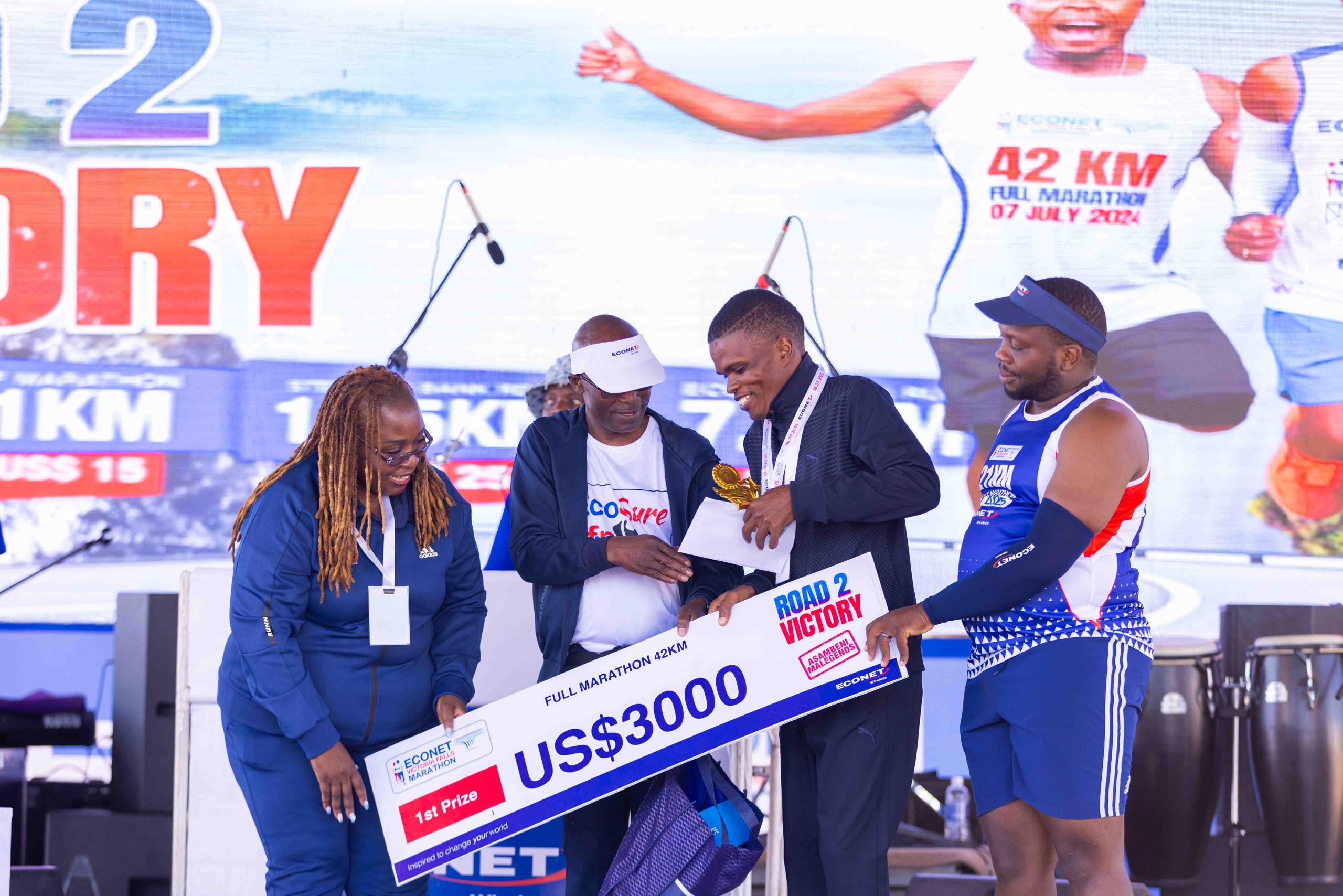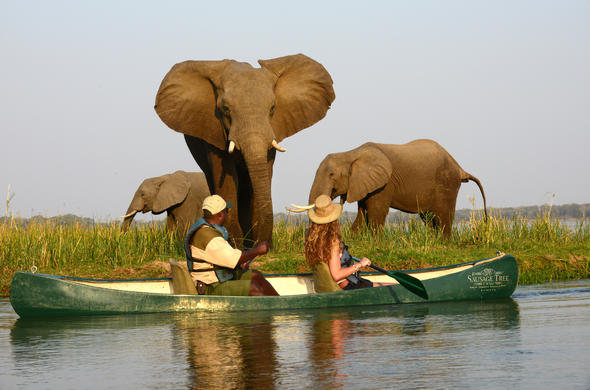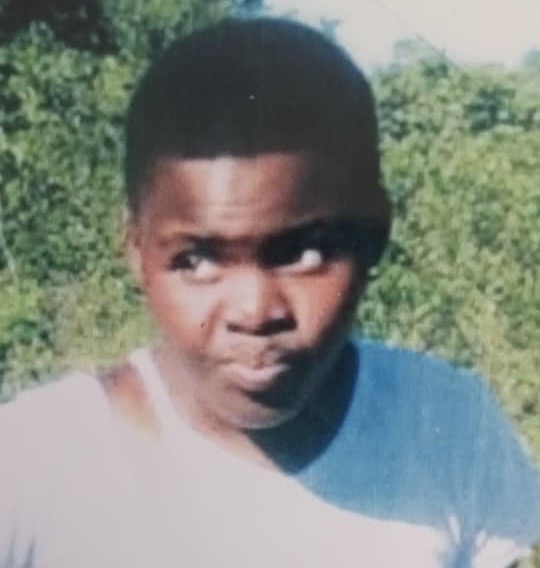BY BEN WILLIAMS
If you’re planning a trip to Hwange National Park, here are a few
Hwange National Park is located in Zimbabwe and covers an area of 7,800 sq km.
Hwange National Park is located in Zimbabwe and covers an area of 7,800 sq km. It’s the largest national park in Zimbabwe, as well as one of the largest game reserves in Africa.
Hwange lies within Matabeleland North, in the south-western part of Zimbabwe (a landlocked country). The park gets its name from the Shona word for “large ironwood tree”. Hwange has many different landscapes including grasslands and woodlands that support a wide range of animal species including lions and elephants.
The park is home to an incredible variety of wildlife and has some of the finest game viewing safari lodges in the world.
Hwange National Park is the largest game reserve in Zimbabwe, covering an area of 7,800 square kilometres. It’s home to an incredible variety of wildlife and has some of the finest game viewing safari lodges in the world.
The park was established in 1928 as a hunting ground for white hunters and their clients, but today it welcomes visitors from around the globe who come here to experience what many consider one of Africa’s most exciting safaris!
The climate is hot and dry, with temperatures on average between 20-30 degrees Celsius throughout the year.
The climate is hot and dry, with temperatures on average between 20-30 degrees Celsius throughout the year. The weather can be unpredictable at times, but it’s generally sunny during the day and cool at night. There are no seasons in Zimbabwe: summer lasts from December to February while winter runs from June to September.
There are two main areas within Hwange National Park – The North part is for more adventurous travellers who want to explore wilderness areas.
Hwange National Park offers a wide range of accommodation options to suit different travellers. The north part is for more adventurous travelers who want to explore wilderness areas, while the south part offers luxury accommodation at one of the many five star lodges within the park.The South part is for those who would like to relax in luxury at one of the many five star lodges within the park.
The south part of Hwange National Park, which is where you will find your luxurious five star lodges, is the most beautiful area of Hwange. You can go on game drives and walking safaris from these luxury spots.
The north part of Hwange National Park has some wonderful campsites but they don’t have the same level of luxury as those found in the south. However if you are planning on camping then this might be better for you than staying at one of the many five star lodges within Hwange National ParkIf you’re planning a trip to Hwange National Park, here are a few things that you’ll need to know before you go…
Know your itinerary.
Check the weather before you go, and pack for all seasons so that you’re prepared for whatever comes your way.
Know what to bring and what to leave behind by reading our Hwange National Park packing list here: [link].
Familiarize yourself with park rules and regulations; this will help keep you safe while in the wilderness!
There are lots of things to know when going on safari!
In this section, we’ll cover some of the basics.What to pack: You should bring plenty of water and sunscreen, as well as a hat and sunglasses (and maybe even bug spray). Don’t forget your camera!
How to buy tickets: You can purchase them online from the official Hwange National Park website, but it’s better if you do it in person at one of their offices in Harare or Bulawayo. There are also other companies that sell tour packages for Hwange National Park; these may be cheaper than buying everything separately yourself.
What to expect on safari: You’ll see lots of animals–elephants! lions! zebras! giraffes!–but since they’re wild creatures with minds of their own, don’t expect them all the time or in certain places at any given time (or even at any time). Also remember that many animals have babies right now so there might be young ones accompanying adults who aren’t usually seen together during prime viewing hours like morning or evening when light conditions are best suited for photography purposes; however this does mean there’s even more excitement packed into those precious few minutes each day when everyone comes together just right!
We hope that this article has helped you to plan for your next trip to Hwange National Park. We know how exciting it can be, but also how overwhelming! There are so many things to consider when planning a safari – from where you’re going and what kind of accommodation suits your budget, right through to packing for the adventure ahead. But don’t worry – we’ve got plenty more articles here on our blog all about planning an African adventure!-The London Economic


 Slider3 years ago
Slider3 years ago
 National4 years ago
National4 years ago
 Opinion3 years ago
Opinion3 years ago
 Tourism and Environment4 years ago
Tourism and Environment4 years ago
 National2 years ago
National2 years ago
 National3 years ago
National3 years ago
 National2 years ago
National2 years ago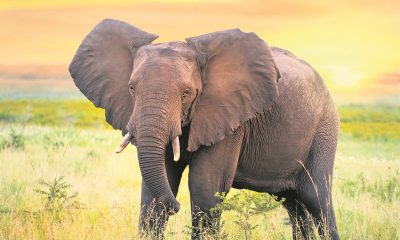
 National4 years ago
National4 years ago
